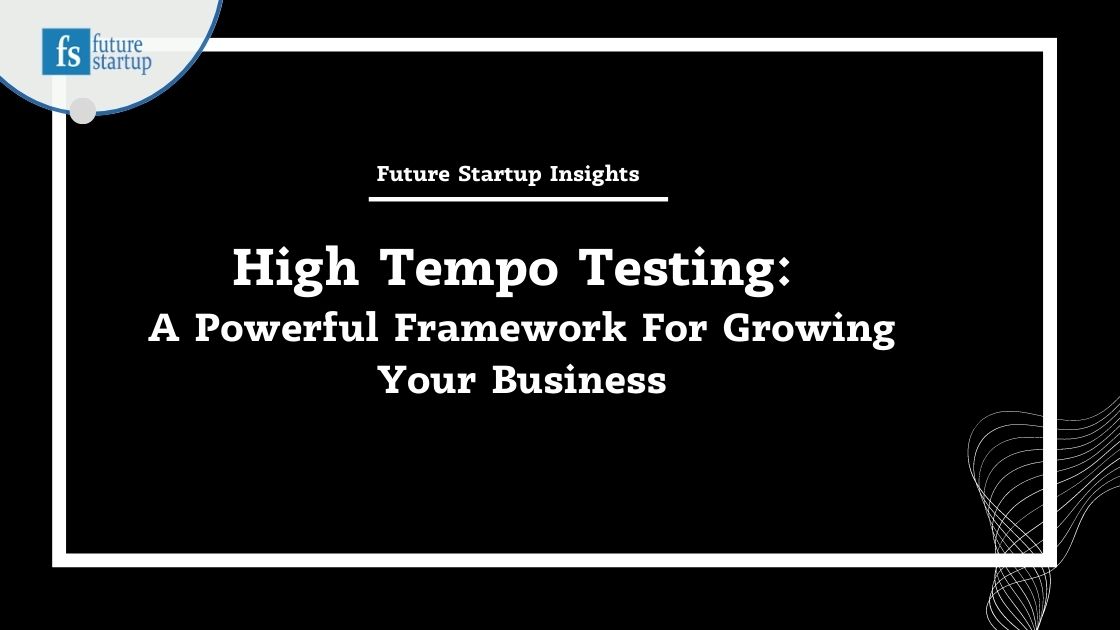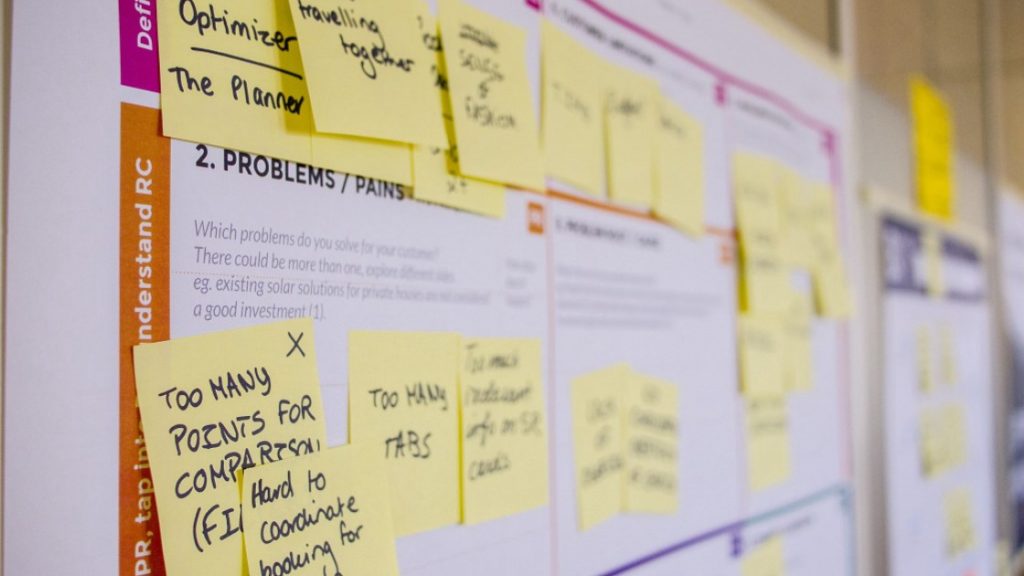
At the heart of every meaningful growth story is iteration. You test hundreds of ideas. Some fail. You learn. Some sticks. In simple, this is called high-tempo testing.
High-tempo testing is a framework first proposed by Sean Ellis of Growth Hackers.com and author of Hacking Growth. The basic idea is that the best approach to growing your business is rapid ideation and testing of ideas.
You develop a system to generate ideas, experiment, learn from those experiments and apply the lessons to improve the entire process. The idea is to test, test, and test some more.
“Most growth professionals understand that growth hacking isn’t about a specific tactic, but rather it’s about a process of discovering which tactics will be effective for growing your business,” writes Sean Ellis. “This discovery happens through testing potential growth drivers ranging from new channels to new sharing and engagement features deep within a product. The more tests you run, the more you learn about how to grow your business. So it’s only natural to want to run as many tests per period of time as possible. That’s the idea behind high tempo testing.”
Growth is hard. Most companies struggle with finding sustainable growth drivers. It often leads to frustration and demoralization. So it is often better to work hard on finding your growth drivers than going through a phase of slow growth and stagnation.
High-tempo testing suggests that rapid testing of ideas is the most effective way to predictably grow your business. The framework is self-explanatory. It is common sense that if you try a hundred ideas, a few would stick. This is generally what startups before product-market fit do. You build a prototype. Test it. Learn from the feedback and iterate your product until you find the product-market fit.
Growth hacking, at its core, is nothing but rapid testing of growth ideas and scaling the ones that work. To find the best ones, you need to churn out tonnes of ideas.
The most important thing is to keep on testing until you find something that works. In fact, it is a continuous process. You develop a discipline to test ideas on a daily and weekly basis with a singular focus on growth.
The idea of high-tempo testing sounds too simple to work. It is no rocket science. No complex theory. It is a simple framework to generate ideas, test them consistently, and ensure that knowledge is being documented from each test and applied in future experiments.
That being said, putting the high-tempo testing framework into practice is not easy at all. In fact, it is tough and requires resources. Discipline. And commitment.
As the framework suggests, for the framework to work you have to adopt it as a consistent part of your growth strategy and efforts.

There are four components to a high-tempo testing framework: 1) idea generation 2) prioritization 3) managing of testing of ideas 4) documenting the lessons.
The most important component of a high-tempo testing framework is idea generation. Rapid idea generation is the core of the high-tempo framework. Because without ideas what are you going to test? So the first thing is identifying the ideas and experiments that are worth pursuing. Now finding ideas is not easy. Initially, you could rely on one person or a team of a few people for ideas. But usually, you would soon run out of ideas.
You can’t implement all the ideas at once. So the next step is screening the ideas and finding the best ones to test. Sean Ellis suggests a process called ICE for selecting ideas that stand for impact on growth, your confidence in the idea, and ease of implementation.
You select the ideas that have maximum impact on growth, that you are confident would work out, and easy to implement.
Prioritization is of critical importance for optimal execution. In fact, your result is directly linked with how good you are at picking the best ideas based on your ICE score as well as your execution excellence.
This is the actual work. You have ideas. You have prioritized what are some ideas you would like to test this week. Now you put those ideas in tests.
The challenge with high temp is that it is a continuous process. It is not like you would test ideas one day and then you are done. The basic thing about high tempo is that you keep on testing every day and every week. This is a heavy-handed operation that requires strong execution and management skills. This is why it is critical to have a system to manage your rapid testing operation.
If you fail to test ideas rapidly enough and could not manage the entire process well, it could slow down the entire high-tempo testing.
Sebastian Groh, founder and Managing Director of SOLShare, a solar energy startup based in Dhaka, suggests that “trying things out, be honest when they fail, and trying it in another way” is the most useful lesson he has learned in his entrepreneurial journey so far.
“You don’t know unless you try,” Sebastian tells Future Startup in an interview we published in early July. “We (SOLShare) made so many mistakes and keep going. I think nobody has figured it all out, and if you are too realistic and want to control everything you will eventually conclude that the impossible is indeed impossible and you will end up giving up.”
Growth is a tricky thing. There is no silver bullet. The only silver bullet that works is trying everything and anything. High-tempo testing is a framework that enables companies to find a model using which you could run tests at scale regularly.
When you keep on testing new ideas, it is bound to work. However, putting the high-tempo testing framework to work is not easy. It requires commitment and discipline. At the same time, you have to develop systems and processes to ensure that the tempo is being managed well.
Originally published on 1 August 2019. Updated on 16 July 2023.
